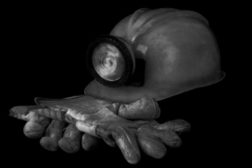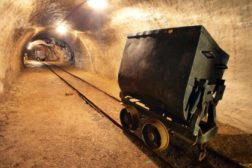Home » Keywords: » mine ventilation
Items Tagged with 'mine ventilation'
ARTICLES
MSHA adds two new tools to help track violations
Online enhancements expected to boost compliance
February 27, 2015
MSHA gets final word on ventilation plans, court rules
Mach Mining loses its appeal
September 16, 2013
Riding in a bucket, 2’ of combustible dust
MSHA inspectors turn up a variety of violations in July
August 30, 2013
Never miss the latest news and trends driving the safety industry
eNewsletter | Website | eMagazine
JOIN TODAYCopyright ©2024. All Rights Reserved BNP Media.
Design, CMS, Hosting & Web Development :: ePublishing


